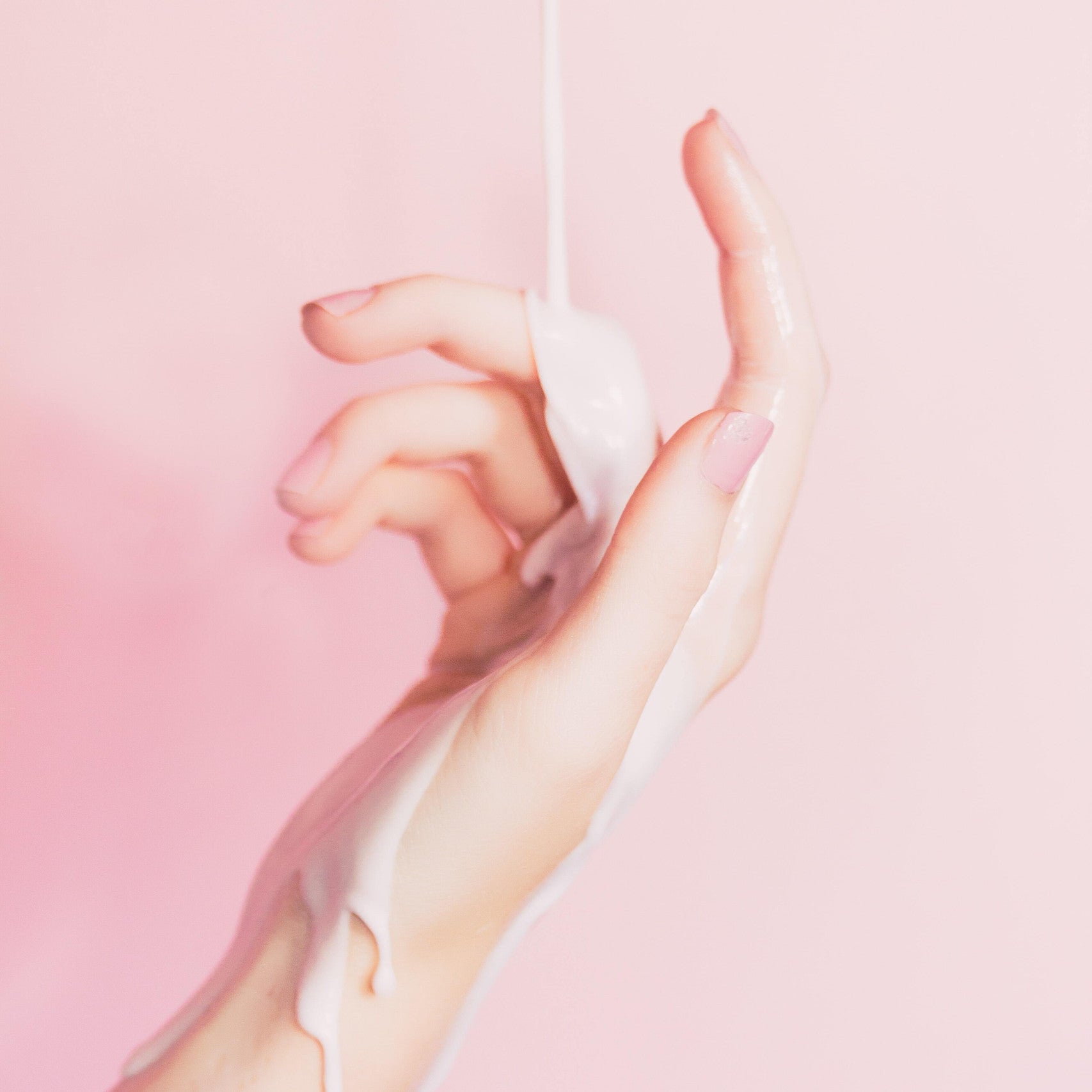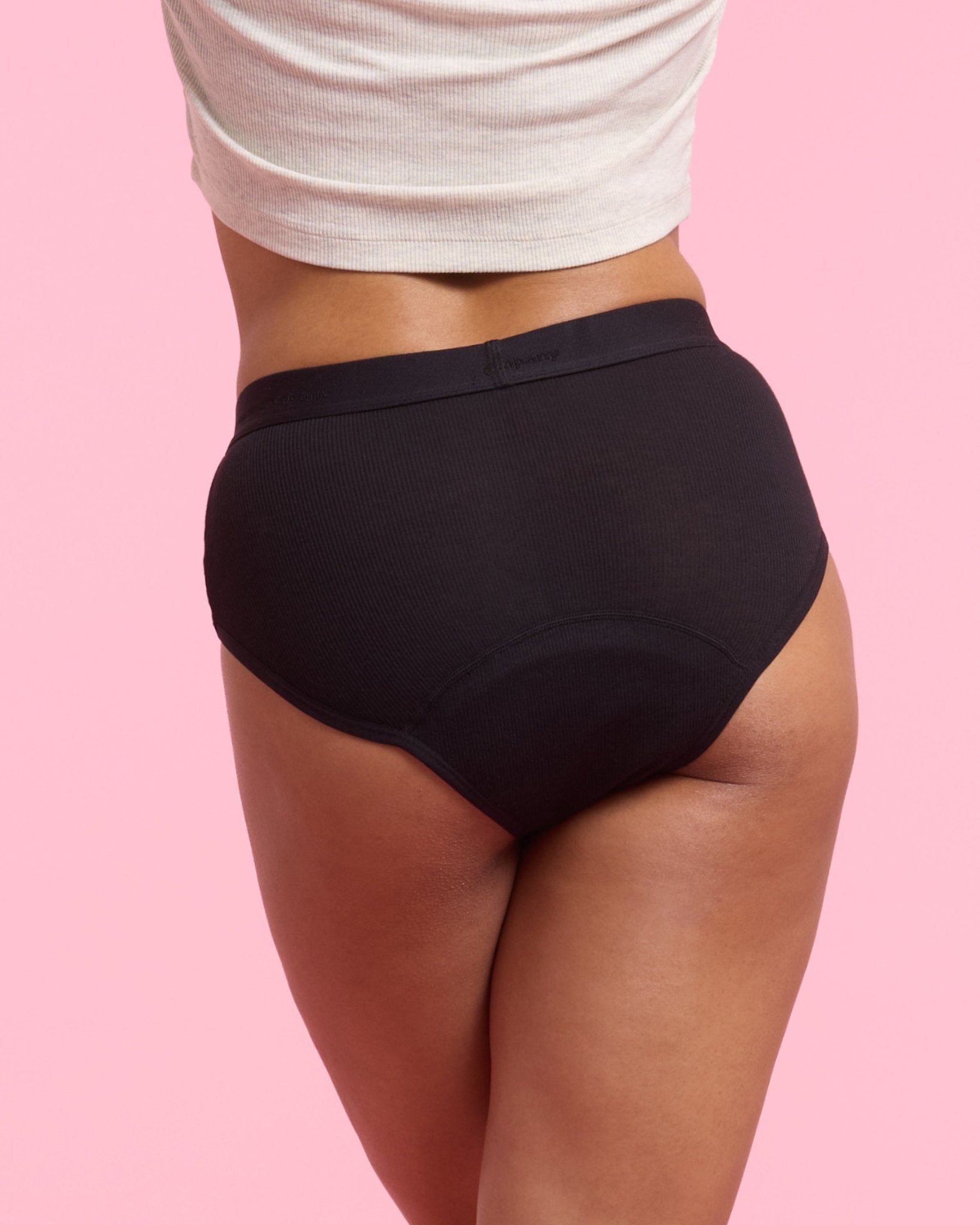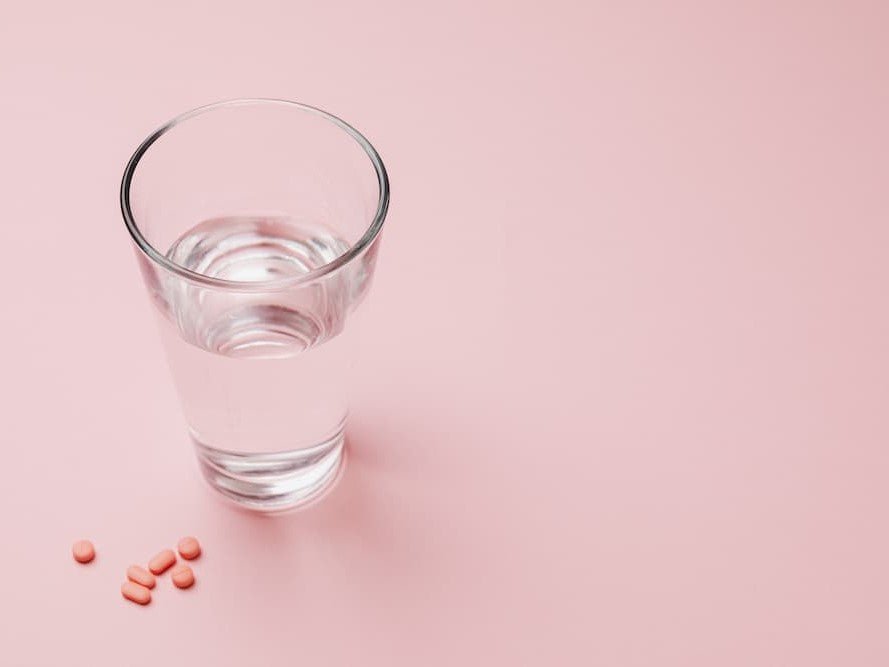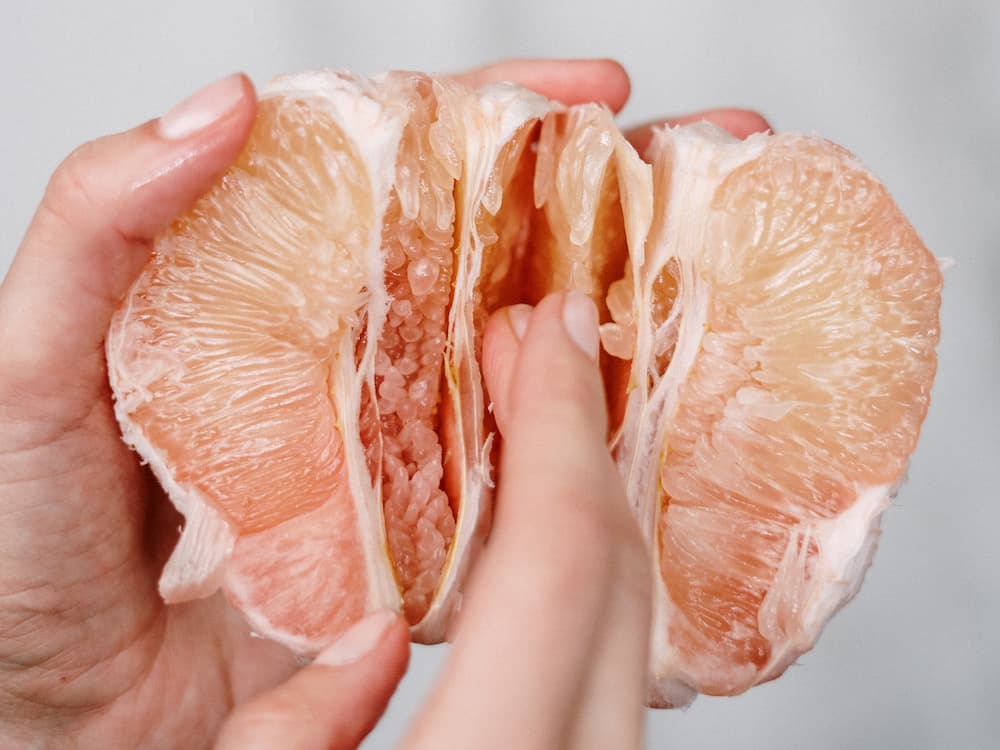Help, I have a vaginal yeast infection! It itches, burns and just feels uncomfortable. But we shouldn't be embarrassed! Almost every woman is affected by vaginal yeast infection at least once in her life and yet hardly anyone talks about it. To get one thing straight - vaginal yeast infection is not a sexually transmitted disease and it has absolutely nothing to do with poor hygiene . A yeast infection can usually be treated quickly and easily.
Summary
Fungal infections are more common than you think.
With a visit to the gynecologist and the right medication, a fungus can be quickly brought under control.
There are some home remedies (apart from tablets) that can help get rid of an infection.
Home remedies for heavy periods? Our Extra Strong!
The underwear for your heavy flow, as a sustainable alternative to panty liners, sanitary pads and tampons .

Table of contents
Contents
1. How does vaginal yeast infection occur?

The infection is caused by fungi that occur naturally in the body. The most common infection is caused by “ Candida albicans ”, which is responsible for the breakdown of carbohydrates in the intestine.
Normally, our vaginal flora can "ignore" the fungus, but as soon as the vaginal flora is disturbed , the fungus takes hold and an infection occurs. There are a handful of "risk factors".
There is a higher risk during puberty, pregnancy or when taking the contraceptive pill because the body is "confused" by the hormones. A weakened immune system and stress also pose an increased risk. You should also avoid allowing intestinal bacteria to enter the vagina.
After using the toilet, always wipe from front to back and if you have anal sex, you should not continue vaginally without changing the condom (if no condom is used, the man should wash his “best part” well to rinse off the bacteria).
In addition, especially in the hot season, tight clothing and a lot of friction can lead to over-stimulation and, as a result, infection.
2. What symptoms?
There are some symptoms that may indicate that you are suffering from an acute fungal infection.
- Itching: Intense itching in the vaginal region is one of the most common symptoms of a vaginal yeast infection. The itching can be mild to severe and is often constant.
- Burning and redness: You may feel a burning sensation in the vagina or external genital area. The skin may appear red and irritated.
- Discharge: A thick, white discharge, often described as resembling curds, is another typical symptom. The discharge may be odorless or have a slight yeast or bread smell.
- Pain when urinating or during sexual intercourse: Some women may experience pain or discomfort when urinating or during sexual intercourse.
It is important to note that these symptoms do not always clearly indicate a yeast infection. Other infections or conditions can cause similar symptoms. If you are unsure or symptoms persist or worsen, it is advisable to consult a doctor for an accurate diagnosis and appropriate treatment.
3. Home remedies for vaginal yeast infections
There are effective and less effective home remedies for almost all complaints. Since every person is different and every body reacts differently, home remedies do not work for everyone!
We have put together a selection of top home remedies for you to get rid of a vaginal yeast infection.
-
Yogurt against vaginal yeast infections
The tampon with yoghurt - the most well-known home remedy for vaginal yeast infections. The lactic acid bacteria contained in the tampon are said to heal the yeast and regenerate the vaginal mucous membranes. The yoghurt also has a pain-relieving and cooling effect. It is very important that only natural yoghurt without additives is used. The tampon is dipped in the yoghurt and then inserted for 2-3 hours. -
Coconut oil, great against vaginal yeast infections
Coconut oil is also an "all-round household remedy" - whether as a hair treatment, skin care product or to kill vaginal yeast infections with the help of lauric acid. You take a little coconut oil in your hand and let it melt (for those who don't know it yet - coconut oil is solid and only becomes liquid at around 25 degrees). Then spread the liquid coconut oil on the vulva and inside the vagina. Then wash your hands thoroughly. -
Honey
In nature, honey is an anti-fungal agent, as any fungal infection would mean the end of the entire bee colony. There is also medicinal honey (e.g. Manuka honey). Here, too, take a tampon and dip it briefly in the honey jar. Then insert the tampon and leave it to work for 2-3 hours. Repeat the whole thing 3 times a day for several days. You can also use a combination of honey and yoghurt. - Aloe Vera cools and regenerates Aloe Vera is actually the perfect home remedy for a variety of complaints. Its cooling effect helps against itching and burning. Put a few drops of aloe vera gel on a tampon and then leave it in the vagina for about 2 hours. Repeat this process 3 times a day for several days.
-
cranberry
Vitamin C to help with vaginal yeast infections. Ever since "superfoods" became a household name, we have known about cranberries. This large cranberry has many antibacterial ingredients and can therefore help fight vaginal yeast infections. To do this, drink a large glass of undiluted cranberry juice with no added sugar at least once a day. Unsweetened cranberry juice also helps if you are prone to bladder infections. -
sage
Soothes vaginal yeast infections and the vagina. The medicinal herb sage has an antibacterial effect. Simply add 3 tablespoons of sage to the bath water and then take a bath for about 20 minutes. Dry yourself well afterwards.
4. Prevent vaginal yeast infections
If you have discharge , change your underwear so that it is always clean and dry.
It is best to wear breathable cotton clothing – synthetic fabrics trap heat.
When going to the toilet , always wipe from front to back to prevent further bacteria from entering the vagina.
When washing, it is best to use neutral and unscented soap.
Note: if the symptoms are unclear, persist for a longer period of time or you are in pain - see a doctor immediately! Gynecologists can use a swab to determine the type of fungus or infection. In the case of vaginal infections (or bladder infections), it is better to see a doctor sooner rather than later.




































